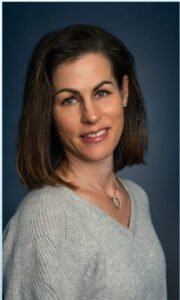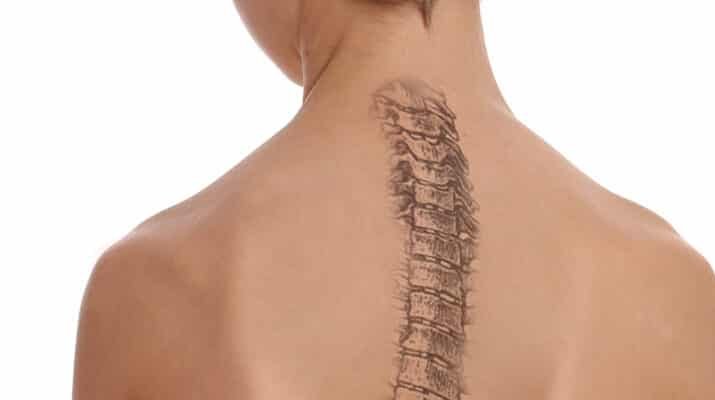Early detection, treatment is key in preventing curve progression
By Julie Reinstein
• What is scoliosis? Scoliosis is a 3-dimensional curvature of the spine and trunk which can appear during any rapid period of growth. There are different types of scoliosis such: idiopathic, neuromuscular, congenital, and adult onset.
As the spine curves, it can curve into an “S” or a “C” shape curvature. Early detection, treatment and patient and family education is key in preventing curve progression.
• How to screen for scoliosis? Early detection of an abnormal curvature is the key to preventing curves from progressing. The goal is to educate the public on scoliosis, how to screen and at what age.
Often scoliosis screening is part of an annual well visit and ideally performed by a trained healthcare practitioner. Regular screenings should take place during the child’s growth years.
During a screening the patient will be observed from behind, stand with their feet hip distance apart and their palms facing each other in front of their body. The patient will be asked to bend forward. As they do so the observer should use a scoliometer (similar to a level) to determine if there are any asymmetries of the trunk.
This is known as the “Adam’s Forward Bend Test.” Any measurement greater than 5 degrees indicates that spinal X-rays should be performed.
• What to do if your child has a positive scoliosis screen? The next steps for a positive screen are to see a pediatric orthopedic physician who treats scoliosis. Further diagnostic testing is warranted with a positive screen. X-rays are the next step to determine if the curvature is a true structural curve, the degrees of the curvature, and any other potential issues that may be creating the curvature.
• What conservative treatments are there for scoliosis? Physiotherapy specific scoliosis exercises (PSSE) and bracing are considered conservative approaches for scoliosis. Bracing is recommended for a progressing curve >25 degrees.
The Schroth Method & SEAS are types of scoliosis specific exercises. These methods assist in strengthening key muscles groups to help improve global trunk alignment and teach the patient to move away from the scoliotic curve. Improvement of alignment reduces the abnormal forces on the spine.
Together, bracing and PSSE have been proven to halt curve progression in the growing child.
 Julie Reinstein, MS, PT Schroth C2/SEAS C2 is co-owner of Advanced Care Physical Therapy. She can be reached at 716-282-2888 or email: julie@advancedcarephysicaltherapy.com.
Julie Reinstein, MS, PT Schroth C2/SEAS C2 is co-owner of Advanced Care Physical Therapy. She can be reached at 716-282-2888 or email: julie@advancedcarephysicaltherapy.com.

